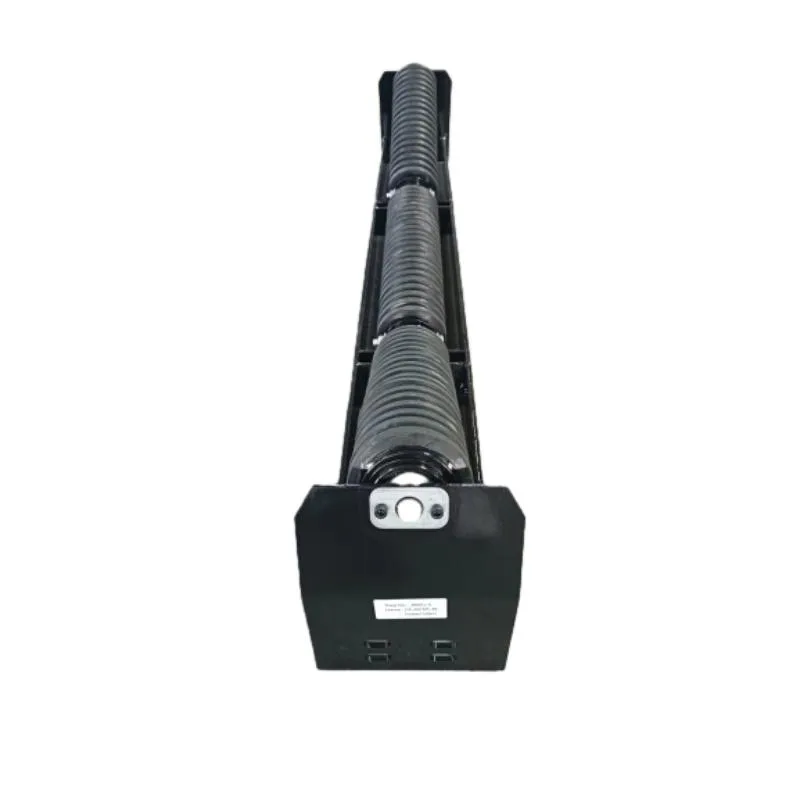 Afrikaans
Afrikaans  Albanian
Albanian  Amharic
Amharic  Arabic
Arabic  Armenian
Armenian  Azerbaijani
Azerbaijani  Basque
Basque  Belarusian
Belarusian  Bengali
Bengali  Bosnian
Bosnian  Bulgarian
Bulgarian  Catalan
Catalan  Cebuano
Cebuano  Corsican
Corsican  Croatian
Croatian  Czech
Czech  Danish
Danish  Dutch
Dutch  English
English  Esperanto
Esperanto  Estonian
Estonian  Finnish
Finnish  French
French  Frisian
Frisian  Galician
Galician  Georgian
Georgian  German
German  Greek
Greek  Gujarati
Gujarati  Haitian Creole
Haitian Creole  hausa
hausa  hawaiian
hawaiian  Hebrew
Hebrew  Hindi
Hindi  Miao
Miao  Hungarian
Hungarian  Icelandic
Icelandic  igbo
igbo  Indonesian
Indonesian  irish
irish  Italian
Italian  Japanese
Japanese  Javanese
Javanese  Kannada
Kannada  kazakh
kazakh  Khmer
Khmer  Rwandese
Rwandese  Korean
Korean  Kurdish
Kurdish  Kyrgyz
Kyrgyz  Lao
Lao  Latin
Latin  Latvian
Latvian  Lithuanian
Lithuanian  Luxembourgish
Luxembourgish  Macedonian
Macedonian  Malgashi
Malgashi  Malay
Malay  Malayalam
Malayalam  Maltese
Maltese  Maori
Maori  Marathi
Marathi  Mongolian
Mongolian  Myanmar
Myanmar  Nepali
Nepali  Norwegian
Norwegian  Norwegian
Norwegian  Occitan
Occitan  Pashto
Pashto  Persian
Persian  Polish
Polish  Portuguese
Portuguese  Punjabi
Punjabi  Romanian
Romanian  Russian
Russian  Samoan
Samoan  Scottish Gaelic
Scottish Gaelic  Serbian
Serbian  Sesotho
Sesotho  Shona
Shona  Sindhi
Sindhi  Sinhala
Sinhala  Slovak
Slovak  Slovenian
Slovenian  Somali
Somali  Spanish
Spanish  Sundanese
Sundanese  Swahili
Swahili  Swedish
Swedish  Tagalog
Tagalog  Tajik
Tajik  Tamil
Tamil  Tatar
Tatar  Telugu
Telugu  Thai
Thai  Turkish
Turkish  Turkmen
Turkmen  Ukrainian
Ukrainian  Urdu
Urdu  Uighur
Uighur  Uzbek
Uzbek  Vietnamese
Vietnamese  Welsh
Welsh  Bantu
Bantu  Yiddish
Yiddish  Yoruba
Yoruba  Zulu
Zulu Understanding the Relationship Between Driver and Driven Pulleys in Mechanical Systems
Understanding Driven and Driver Pulleys A Fundamental Concept in Mechanical Systems
Pulleys are essential mechanical components that play a crucial role in the transmission of power and motion in various machines and systems. Among the many types of pulleys, two fundamental categories are the driver pulley and the driven pulley. Understanding the interaction between these two types of pulleys is vital for engineers and technicians working with systems that involve belts, ropes, or chains.
At the core of their operation lies the principle of mechanical advantage. When you have a system with a driver pulley and a driven pulley, the driver pulley is the one that receives input power, typically from a motor or another power source. It is responsible for initiating motion. The driven pulley, on the other hand, is connected to the load and is powered by the driver pulley. By transferring motion and force from the driver to the driven pulley, we can effectively perform work on the load.
The Driver Pulley
The driver pulley is generally the source of energy in a pulley system. It rotates when torque is applied, either directly from a motor or through a coupling mechanism. In many applications, the driver pulley is larger in size compared to the driven pulley, which helps in generating the necessary torque required to move the load efficiently. The size and material of the driver pulley can significantly affect the performance and durability of the system. In applications requiring high efficiency, driver pulleys are often designed with a deep groove to optimize the grip of the belt or rope, minimizing slippage and wear.
The Driven Pulley
driven pulley and driver pulley

In contrast, the driven pulley is typically attached to the part of the system that performs work – this could be a conveyor belt, an elevator, or any other load-carrying mechanism. As the driver pulley rotates, it drives the belt (or rope) that connects both pulleys, resulting in the rotation of the driven pulley. The relationship between the sizes of the driver and driven pulleys—their radius—determines the speed and torque transmission between the two pulleys. A smaller driven pulley compared to the driver pulley will result in a higher output speed but reduced torque, while a larger driven pulley will yield more torque but at a lower speed.
Applications of Driven and Driver Pulleys
Pulleys are omnipresent in various industries. For instance, in automotive applications, driver and driven pulleys are critical in belt-driven engines, where they help in synchronizing engine components. In manufacturing, pulley systems are extensively used in conveyor systems to move goods from one point to another. Additionally, in lifting applications, cranes employ pulleys to lift heavy loads with minimal effort.
Conclusion
Understanding the dynamics between driven and driver pulleys is fundamental to designing and maintaining efficient mechanical systems. By harnessing the principles of mechanical advantage, these pulleys enable smooth and effective power transmission in a multitude of applications. Whether in industrial machines, automotive engineering, or everyday appliances, the interplay between driver and driven pulleys is a vital cog in the intricate machinery that drives modern technology.
-
Revolutionizing Conveyor Reliability with Advanced Rubber Lagging PulleysNewsJul.22,2025
-
Powering Precision and Durability with Expert Manufacturers of Conveyor ComponentsNewsJul.22,2025
-
Optimizing Conveyor Systems with Advanced Conveyor AccessoriesNewsJul.22,2025
-
Maximize Conveyor Efficiency with Quality Conveyor Idler PulleysNewsJul.22,2025
-
Future-Proof Your Conveyor System with High-Performance Polyurethane RollerNewsJul.22,2025
-
Driving Efficiency Forward with Quality Idlers and RollersNewsJul.22,2025





























